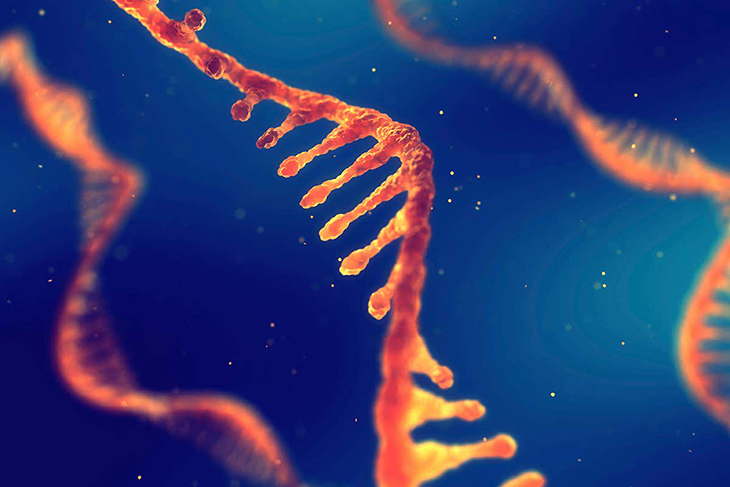
Scientists at the University of Massachusetts Amherst have revealed the significant role played by a tiny microRNA strand, let-7, in regulating T-cells’ capacity to identify and retain information about tumor cells. This cellular memory forms the foundation of vaccine effectiveness, and enhancing this memory could enhance cancer treatment methods.
Funded by the National Institutes of Health and recently published in Nature Communications, the study proposes a novel approach for the future of cancer immunotherapy, indicating potential advancements in fighting cancer.
“Imagine that the human body is a fortress,” says Leonid Pobezinsky. He is an associate professor of veterinary and animal sciences at UMass Amherst. He’s also the senior author of the paper, along with a research assistant professor Elena Pobezinskaya.
Our bodies are equipped with T-cells, a type of white blood cell designed to combat various threats, including pathogens such as the common cold and abnormal cells like tumors. Typically, these T-cells remain inactive, resting and waiting for a signal. However, when they encounter foreign antigens, they spring into action, transforming into killer T-cells and attacking the invading pathogens, whether it’s the sniffles, COVID, or cancer.
Once the battle is won, the majority of these killer T-cells perish.
“But,” said Pobezinsky, “somehow a few survive, transform into memory cells and form an elite task force called the ‘memory pool’—they remember what that particular antigen looked like, so that they can be on the lookout for the next time it invades the body.”
One of the mechanisms underlying how vaccines function involves introducing a weakened form of a pathogen, such as the chicken pox virus, into the body. Memory cells then recognize the virus, transforming into killer T-cells that eliminate the infected cells. These killer T-cells later revert to memory cells, poised for future encounters with the virus.
However, the process through which T-cells develop their memories has not been fully comprehended.
In the case of cancerous tumors, they deceive killer T-cells, preventing them from attacking and establishing a memory reservoir. This evasion allows cancer to spread unchecked and metastasize.
“What we’ve discovered,” Pobezinsky explained, “is that a tiny piece of miRNA, let-7, which has been handed down the evolutionary tree since the dawn of animal life, is highly expressed in memory cells, and that the more let-7 a cell has, the less chance that it will be tricked by cancerous tumor cells, and the greater chance it has of turning into a memory cell.”
I If the memory cell remains unaffected by the cancer, it can actively combat the disease and, importantly, retain a memory of the appearance of the cancerous cell.
“Memory cells can live for a very long time,” Pobezinskaya added. “They possess stem-cell-like features and can live for 70 years.”
“We are very excited, not only about the fundamental insights this research has provided, but also the translational impact it could have on next generation immunotherapies,” lead author Alexandria Wells said. She is a postdoctoral fellow at the Cancer Research Institute who completed the work at UMass Amherst.
“In particular, understanding how let-7 is regulated during treatment to enhance the memories and capabilities of our own immune systems is a promising avenue for further research.”



